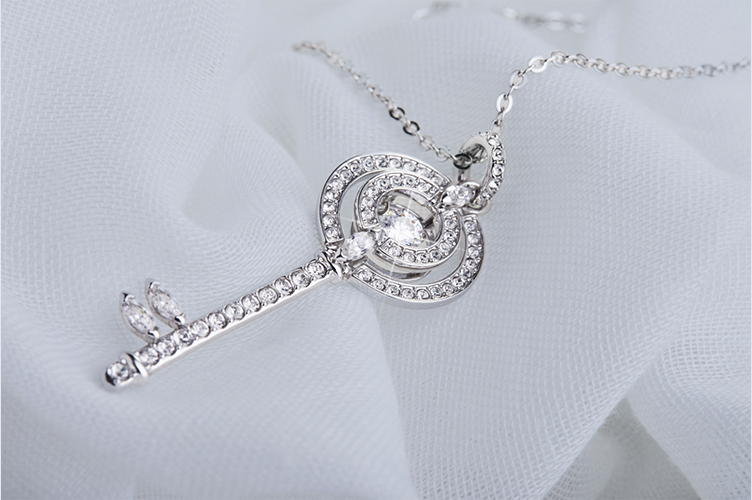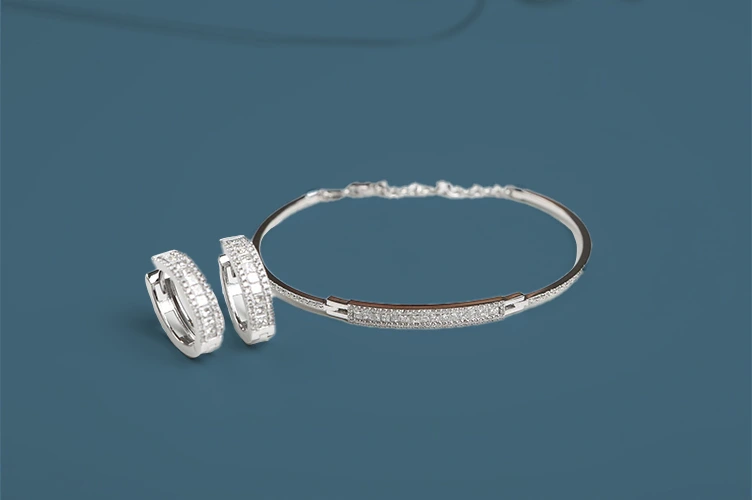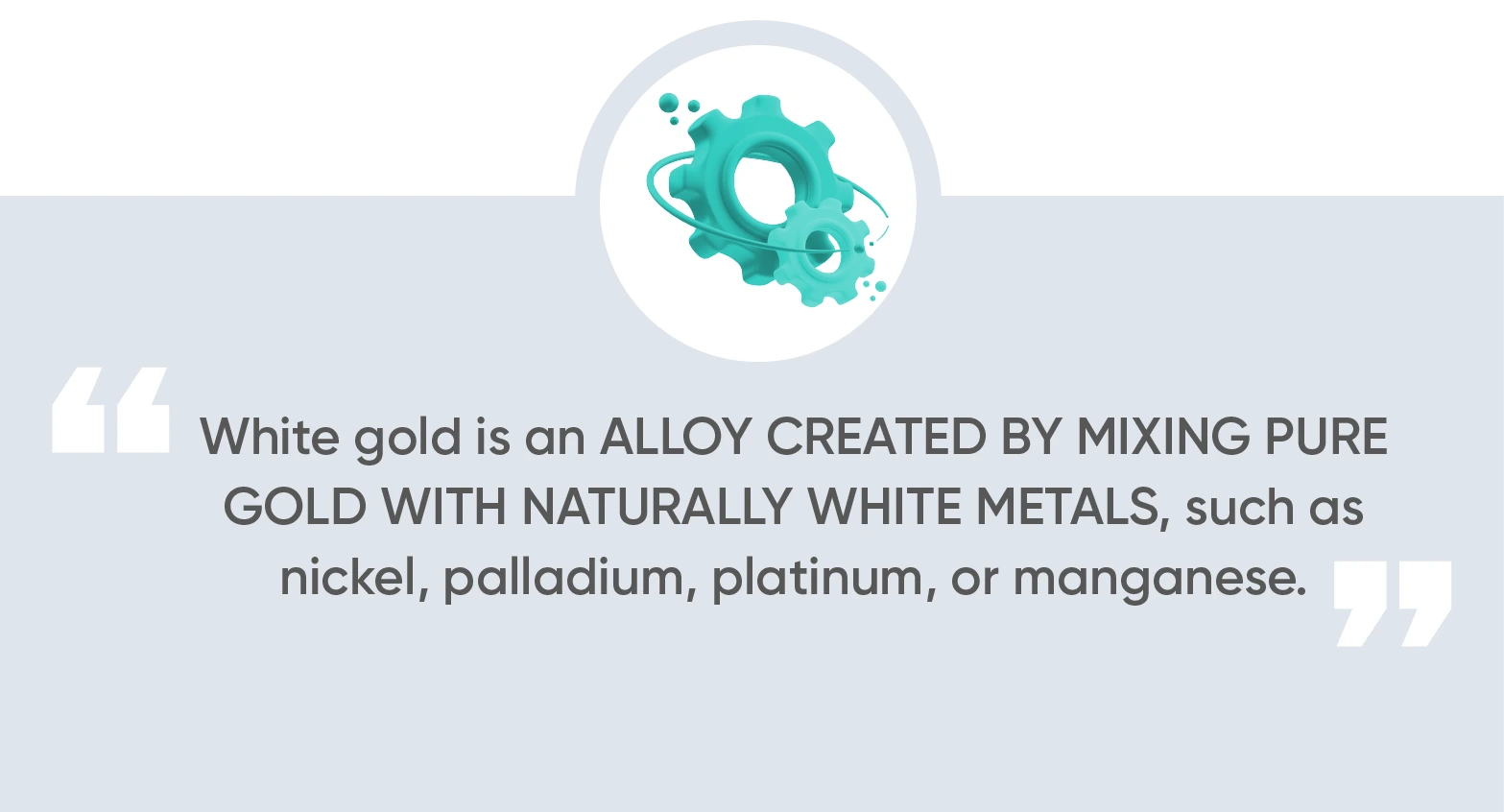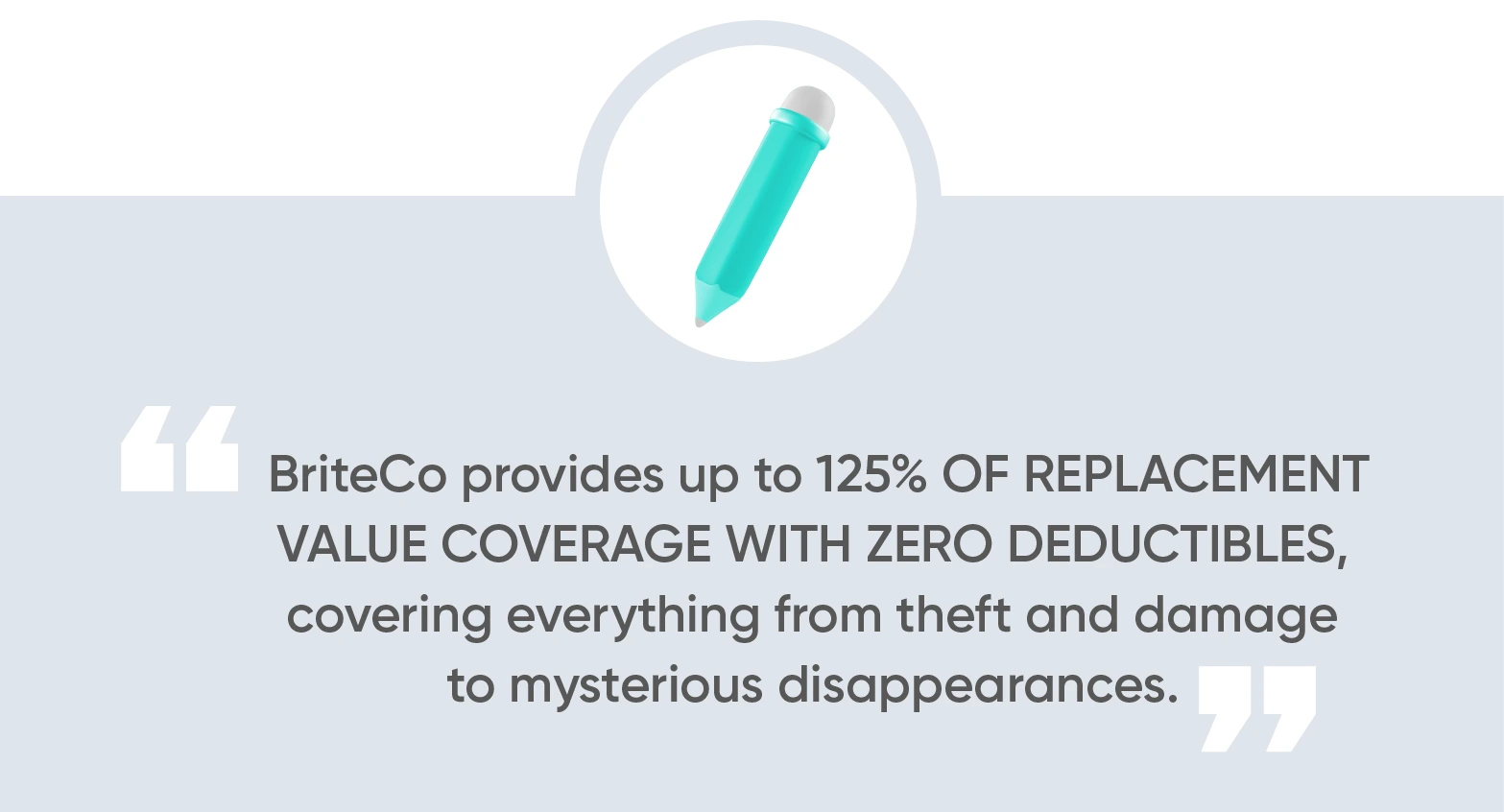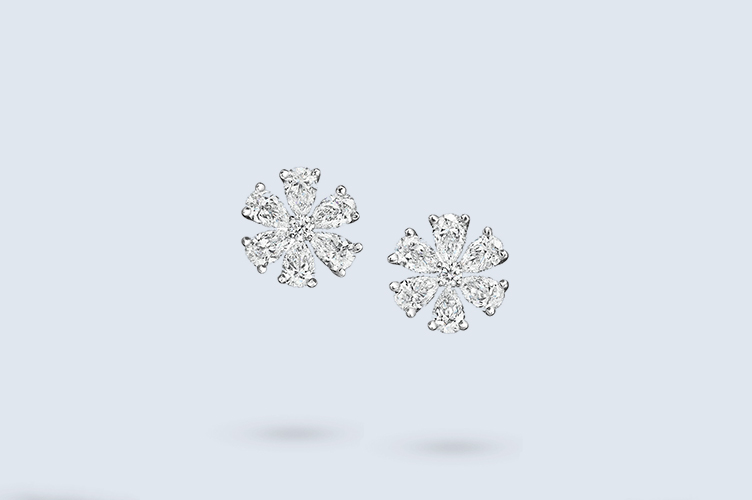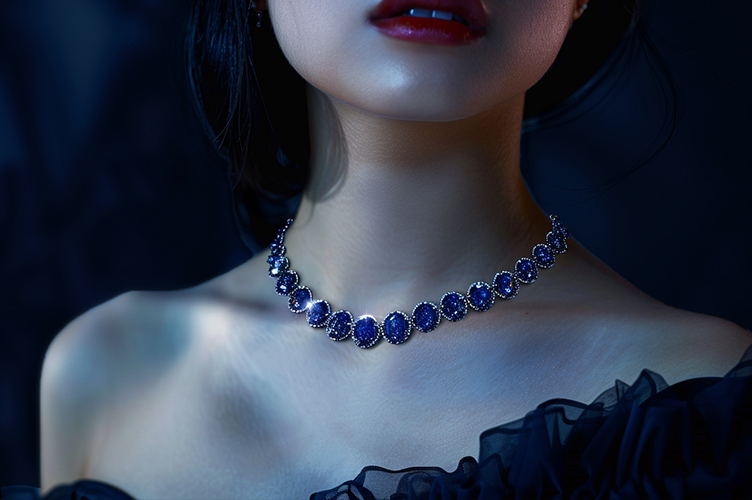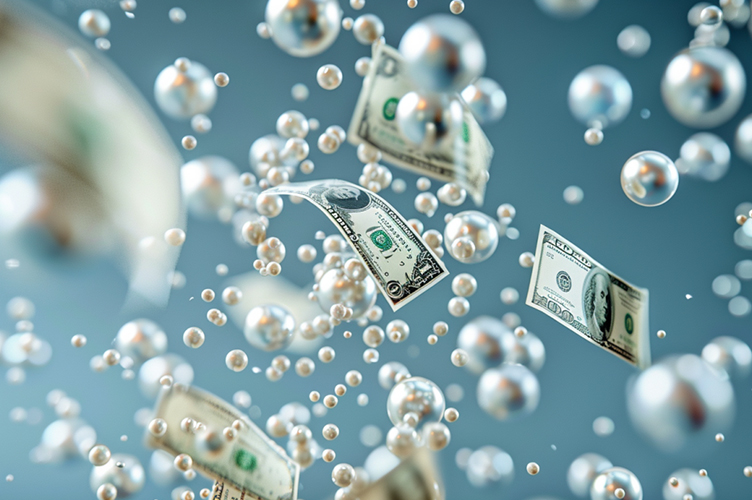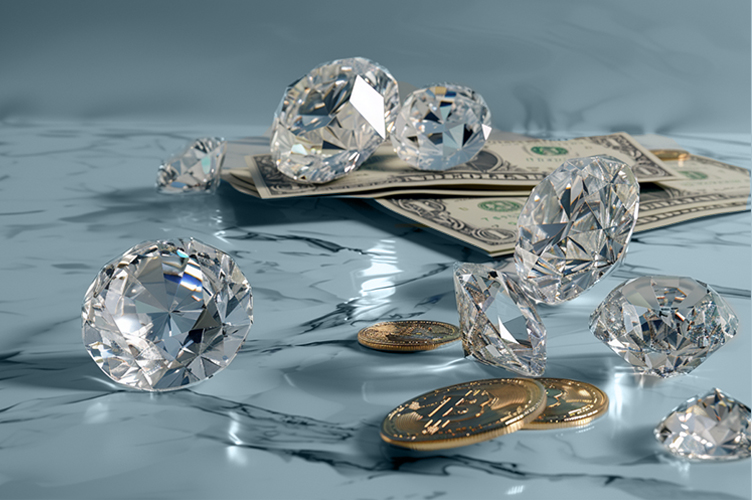White and yellow gold have long remained popular as precious metals for fine jewelry. While yellow gold evokes timeless elegance, white gold offers a modern, sophisticated alternative that has captivated jewelry enthusiasts for years.
Both a style statement and a valuable asset, white gold combines the luxury of gold with the durability and luster of other metals, creating a unique blend perfect for contemporary tastes.
What You Will Learn
*We are jewelry experts and enthusiasts that love to share our favorite brands, tips, and tricks with you. If you choose to make a purchase through one of the links, we may earn a commission at no additional cost to you.
What is White Gold Made Of? Fusion of Pure Gold Mixed with White Metals
White gold is a popular choice for jewelry, including white gold rings, necklaces, and bracelets. Despite its name, white gold is not purely white or silver.
White gold is an alloy created by mixing pure gold with naturally white metals, such as nickel, palladium, platinum, or manganese, giving it a lighter color and adding strength and durability.
However, white gold typically has a still yellowish hue after alloying. White gold jewelry contains a layer of rhodium, a rare and valuable white metal to enhance its white color and improve its appearance. This rhodium coating gives white gold a reflective white surface and adds resistance to scratches and tarnish.
Unfortunately, the rhodium plating can wear away over time, revealing a slightly yellowish tint of white gold beneath. This erosion means that white gold jewelry requires periodic maintenance to replace the rhodium plating and restore its shiny white appearance.
We love a white gold engagement ring. Here are our favorites:
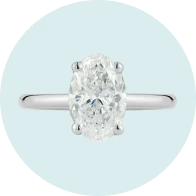
A beautiful white gold classic
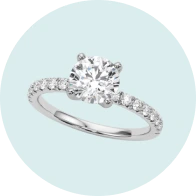
So much sparkle all over this ring
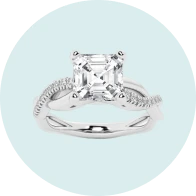
An elegant twisted band and asscher cut diamond
White Gold Compared to Other Gold Alloys
Pure gold, or 24-karat gold, is a very soft metal unsuitable for making durable jewelry, so it is alloyed with other metals to enhance its durability and color. Different gold alloys produce varying hues and characteristics tailored explicitly for particular kinds of jewelry.
- Yellow Gold
Yellow gold, which is gold alloyed with copper and zinc, is the most traditional form. It offers a rich, warm hue but is relatively softer than other alloys. It is ideal for fine jewelry like engagement rings and intricate designs where a softer metal offers optimal malleability for precision craftsmanship. - Rose Gold
Rose gold, or pink gold, is another popular option, combining gold with copper to achieve a romantic, pinkish-red hue. The copper content influences the color and adds to the alloy’s durability. Rose gold is famous for its unique color, and vintage-style jewelry typically features rose gold. - Green Gold
Green gold is a more unusual choice, composed of pure gold mixed with sterling silver to create a unique alloy metal. Its pale green tint makes it an attractive option for unique custom designs. However, because of its silver content, it may tarnish over time, requiring regular maintenance.
White Gold Versus Platinum Jewelry
White gold and platinum are sought-after choices for fine jewelry, wedding rings, and diamond engagement rings.
Platinum is naturally hypoallergenic, making it an excellent choice for people with sensitive skin. Its density contributes to its durability and heft, often making platinum pieces feel more substantial than other metals. However, this density also makes platinum considerably more expensive than white gold.
Platinum is less likely to scratch; when it does, the metal is only displaced and not lost, unlike gold. This unique characteristic makes it ideal for jewelry worn on body parts prone to high impacts, like platinum rings and bracelets.
White gold is generally more affordable and lighter in weight compared to platinum. Still, it may trigger allergies in people sensitive to alloying metals like nickel. Allergies may cause blistering, itching, or scaling of the skin where you wear your white gold pieces. For example, if you have an allergy and wear white gold rings, you may experience redness or a greenish tinge where the ring touches your skin.
Both metals require maintenance; platinum needs occasional polishing to maintain its shine, while white gold needs more frequent attention due to the wearing off of its rhodium layer. The choice between the two often comes down to budget, durability requirements, and personal aesthetic preferences.
How to Clean Platinum Jewelry | BriteCo Jewelry Insurance
What Does White Gold's Karat Value Mean?
The karat value (K) of white gold is a numerical representation that indicates the purity of gold within the alloy, and it’s an essential factor to consider when you’re looking to buy white gold jewelry.
The karat value tells you the percentage of pure gold mixed with other metals to create the white gold alloy. The scale goes up to 24 karats, meaning 100% pure gold—a material too soft to be practical for most jewelry.
When you see a piece labeled as 14K white gold, the jewelry contains 58.3% pure gold, alloyed with other metals like nickel, silver, or palladium to achieve its white color and enhanced durability. An 18K white gold piece consists of 75% pure gold, with the remaining 25% made up of other metals to improve its hardness and change its color.
So why should you care about 14K or 18K gold values? Higher karat values like 18K offer a richer gold color. They are generally less reactive to skin but are softer and may scratch more easily.
Lower karat values like 14K are generally more durable and resistant to everyday wear and tear, making them an excellent choice for wedding bands you’ll wear daily.
How to Maintain Your White Gold Jewelry
Fine and high jewelry pieces from white gold can be expensive and bought to commemorate milestones or celebrations, like graduations and anniversaries. To protect your white gold jewelry and prolong its value and lifespan, use the following maintenance tips:
- Regular cleaning: You can gently clean your white gold jewelry at home using a soft toothbrush and a mild dish soap solution. This solution will remove everyday dirt and oils. After washing, pat it dry with a lint-free cloth.
- Avoid chemical exposure: Chlorine, bleach, and other harsh chemicals can discolor or damage the rhodium plating and the gold underneath. Remove your jewelry when swimming in chlorinated pools or using cleaning products.
- Mind your cosmetics: Lotions, perfumes, and hair products can also affect the luster of your white jewelry. It’s good practice to put on your jewelry last when getting ready.
- Safe storage: Store each piece separately in a soft-lined jewelry box or pouch to avoid scratches from other items. Avoid tossing it into a drawer or leaving it on a counter.
- Regular inspections: Bring your jewelry to a professional for inspection and cleaning at least once a year. They can also reapply the rhodium plating if it has begun to wear thin.
- Daily wear: Despite its durability, white gold is still susceptible to scratches. For rings and bracelets that are more exposed, consider removing them during manual tasks.
FAQs
Is white gold real gold?
Yes, white gold contains real gold mixed with other alloy metals to give it its distinctive color and additional strength.
Why is rhodium used in white gold?
Rhodium plating enhances the whiteness and durability of white gold, protecting it from scratches and tarnish.
Can people have allergic reactions to white gold?
Yes, some individuals are allergic to the nickel content in many white gold alloys, which can cause allergic reactions. If you have a nickel allergy, choosing white gold alloys made with palladium or other hypoallergenic metals is advisable.
How do I care for white gold jewelry?
Clean white gold jewelry with a solution specifically for white gold, or create your own with mild soap and water. Also, you can get your white gold jewelry rhodium plated every few years to maintain its appearance.
Does white gold hold its value?
White gold holds its value well, as it contains gold, a precious metal. However, the exact value retention can depend on various factors, including the purity of the gold (measured in karats), the quality of the craftsmanship, and the demand for white gold at any given time.
Protect Your High-Value White Gold Jewelry with BriteCo
Protecting your white gold jewelry goes beyond regular cleaning and safe storage; it’s also about ensuring financial safety against unexpected loss, theft, or damage. With BriteCo, you can get specialized jewelry insurance in just two minutes, offering worldwide coverage 365 days a year.
Traditional homeowners’ and renter’s insurance often have high deductibles and caps on payouts. BriteCo provides up to 125% of replacement value coverage with zero deductibles, covering everything from theft and damage to mysterious disappearances.
What sets BriteCo apart is its automatic replacement value adjustments. You no longer need to reappraise your jewelry every few years to adjust its insured value. BriteCo takes care of this automatically, reflecting changes in market values for precious materials like diamonds, gold, and platinum.
Don’t leave the safety of your platinum and white gold jewelry pieces to chance. Get an instant quote for comprehensive coverage with BriteCo and relax knowing your white gold jewelry is protected.
Also Check:
What is Gold Vermeil Jewelry? | BriteCo Jewelry Insurance
Unveiling the Truth: How to Tell if Gold is Real Using a Lighter
What is the Largest Gold Nugget Ever Found?
Is Gold Jewelry a Good Investment? | BriteCo Jewelry Insurance

